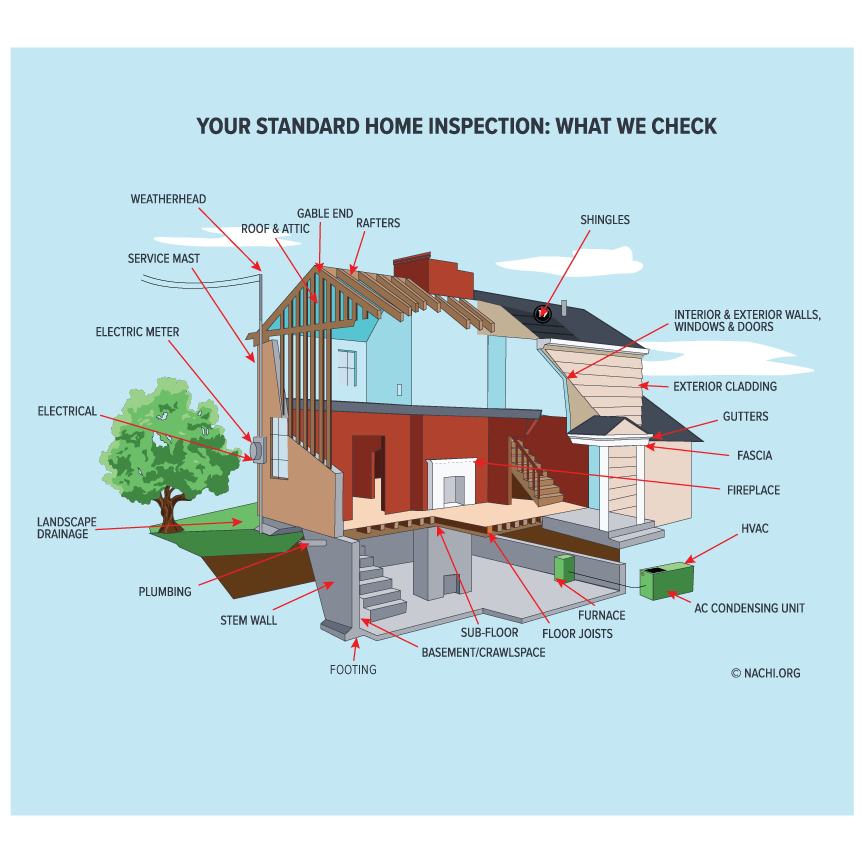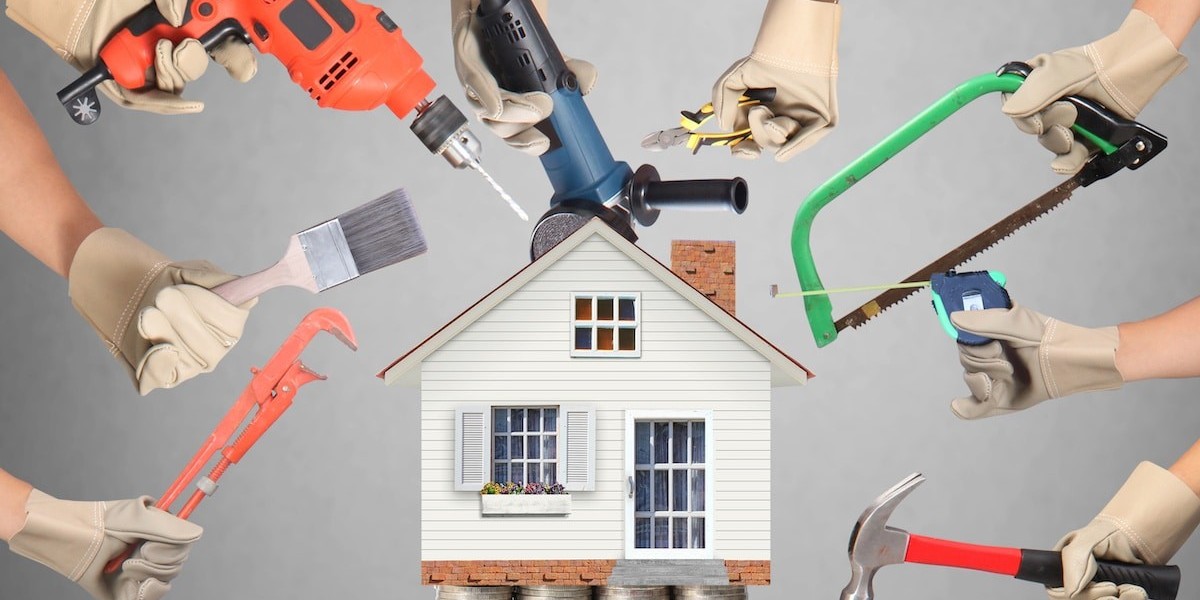The crucial steps in the real estate process are figuring out the standard home inspection. It can make or break the deal. Many homes, even well-maintained ones, often have problems that become a source to raise red flags for inspectors. Understanding the things that fail a home inspection and how to fix them can help homeowners prepare effectively and avoid costly surprises. This article outlines the top 10 culprits and provides practical solutions for each.

1. Roofing Problems
One of the most frequently identified problems in a home inspection is roof damage. Inspectors look for missing shingles, soft spots, leaks, poor flashing, and signs of aging.
How to Fix It
Hire a licensed roofing contractor to assess the condition. Replace missed or rough shingles, repair leaks promptly, and ensure proper flashing around chimneys and vents.
2. Faulty Electrical Systems
Electrical issues pose serious safety concerns and are high on the list of failure inspection. Common problems include outdated wiring (like knob and tube), overloaded circuits, missing GFCI outlets, and improper panel installations.
How to Fix It
Consult a certified electrician to inspect and update the electrical system. Install GFCI outlets in required areas like kitchens and bathrooms, replace faulty wiring, and ensure the breaker panel is properly labeled and up to code.
3. Plumbing Deficiencies
Leaky faucets, clogged drains, old pipes, and poor water pressure can all cause a home to fail inspection. Inspectors also take care of signs of water damage around plumbing fixtures.
How to Fix It
Check for and repair leaks in faucets, toilets, and under sinks. Replace outdated pipes, especially galvanized steel, with copper or PEX. Make sure drains flow freely and maintain consistent water pressure.
4. HVAC System Failures
Heating or ventilation, or air conditioning systems are essential for comfort and efficiency. Inspectors often find problems like dirty filters, malfunctioning thermostats, inadequate heating or cooling, or systems that haven't been serviced regularly.
How to Fix It
Schedule routine maintenance with a certified HVAC technician. Replace filters regularly, clean ductwork, and address any strange noises or temperature inconsistencies. If the unit is outdated, consider upgrading to a modern, energy-efficient system.
5. Poor Drainage and Grading
Improper grading around the foundation is another major reason homes fail inspection. Poor drainage leads to water gathering, which can cause foundation issues, basement leaks, and mold growth.
How to Fix It
Ensure the soil slopes away from the home by at least six inches over the first ten feet. Install or repair downspouts and gutters to direct water away from the base.
6. Foundation Cracks and Structural Issues
Foundation problems can scare off buyers and lead to expensive repairs. Inspectors look for horizontal or stair-step cracks, sloping floors, sticking doors, and bowing walls.
How to Fix It
You can hire a structural or foundation specialist to save you from the damage. Minor cracks can be sealed with epoxy, but major issues may require underpinning, piering, or wall anchors. Always address the root cause, such as poor drainage.
7. Mold and Mildew
Mold is a health hazard and a major red flag. It often forms due to moisture intrusion from leaks, poor ventilation, or high humidity. Inspectors are trained to spot signs of mold in attics, basements, and behind walls.
How to Fix It
Identify and eliminate the moisture source. Improve ventilation, especially in bathrooms and kitchens. Remove mold-affected materials and use mold-killing solutions. For large infestations, hire a certified mold remediation specialist.
8. Pest Infestations
Termites or carpenter ants or rodents, and other pests can become a source of significant structural damage. Evidence like droppings, gnawed wood, or mud tubes often leads to inspection failure.
How to Fix It
Schedule a pest inspection and apply treatment as needed. Repair damaged wood, seal entry points, and keep vegetation trimmed away from the house. Use preventative measures like bait stations or insect barriers.
9. Attic and Insulation Issues
Inspectors often find attics with insufficient insulation, poor ventilation, or signs of leaks and pests. These problems affect energy efficiency and air quality.
How to Fix It
Add adequate insulation to meet local R-value recommendations. Ensure vents are clear and functional. Address any roof leaks and remove pests or droppings. Install ridge vents or attic fans if needed for airflow.
10. Windows and Doors
Windows and doors that stick, have broken seals, or are improperly installed can fail an inspection. Inspectors check for drafts, water intrusion, and safety compliance (especially for egress windows in basements).
How to Fix It
Repair or replace faulty window hardware and weather stripping. Reinstall improperly aligned doors. Replace cracked or foggy window panes. Ensure all doors and windows open, close, and lock securely.
Why These Issues Matter
The above items consistently rank among the Inspection red flags. Buyers want peace of mind that a home is safe, structurally sound, and not riddled with hidden problems. Sellers benefit by avoiding delays, renegotiations, or even lost deals due to unresolved issues.
Tips to Pass Your Home Inspection
Schedule a Pre-Listing Inspection: For sellers, this helps identify and fix issues before buyers find them.
Regular Maintenance: Keep up with HVAC servicing, roof inspections, and plumbing upkeep.
DIY with Caution: Make sure all DIY repairs meet code and were done correctly.
Hire Licensed Professionals: Whether it’s electrical or structural work, use certified contractors for credibility and safety.
Final Thoughts
Understanding the most common things that fail a home inspection can give both buyers and sellers an advantage in the real estate process. By addressing issues related to roofing, electrical systems, plumbing, HVAC, drainage, structure, mold, pests, insulation, and windows, homeowners can increase the value and safety of their property.
Don’t wait for an inspector to reveal major issues. Take action ahead of time, and work with trusted professionals like 3i Inspectors to ensure your home is inspection-ready. A proactive approach saves money, avoids surprises, and keeps transactions moving forward smoothly.






